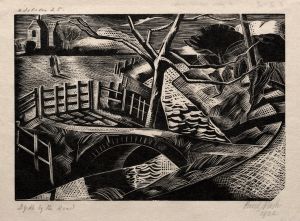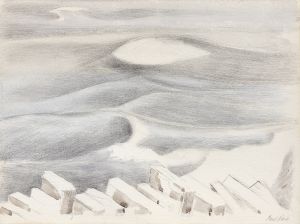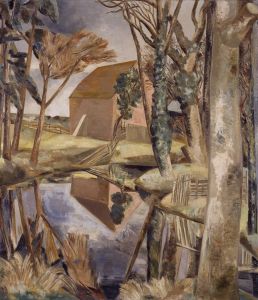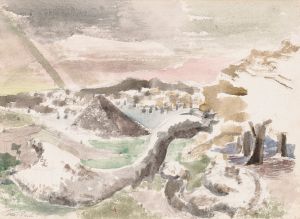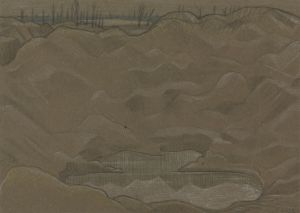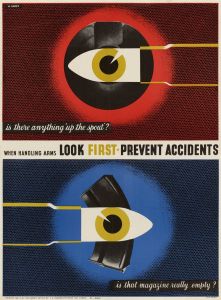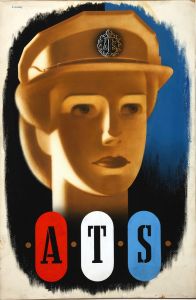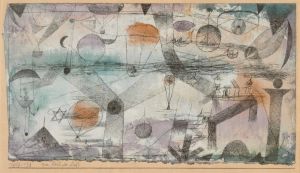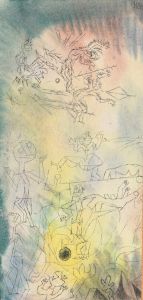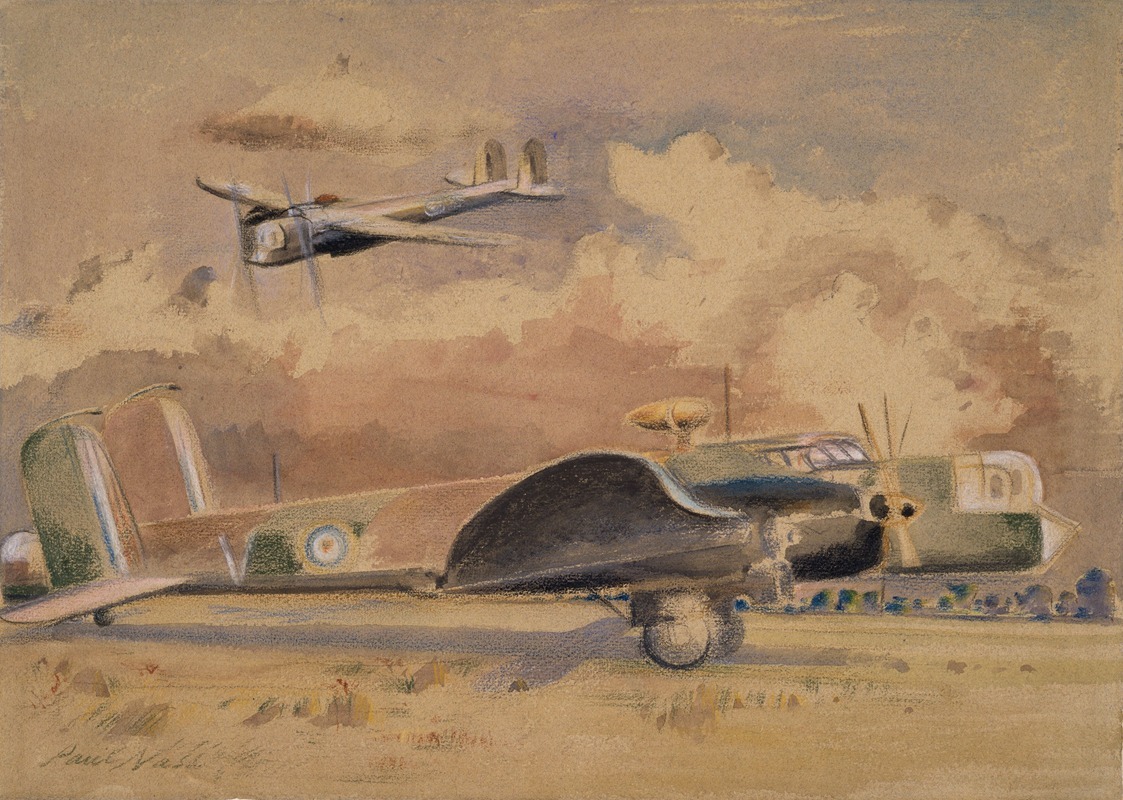
Whitley Bombers Sunning
A hand-painted replica of Paul Nash’s masterpiece Whitley Bombers Sunning, meticulously crafted by professional artists to capture the true essence of the original. Each piece is created with museum-quality canvas and rare mineral pigments, carefully painted by experienced artists with delicate brushstrokes and rich, layered colors to perfectly recreate the texture of the original artwork. Unlike machine-printed reproductions, this hand-painted version brings the painting to life, infused with the artist’s emotions and skill in every stroke. Whether for personal collection or home decoration, it instantly elevates the artistic atmosphere of any space.
Paul Nash was a prominent British artist known for his distinctive contributions to modern art, particularly during the early to mid-20th century. His works often reflect the themes of war, landscape, and surrealism. One of his notable works is "Whitley Bombers Sunning," which captures a unique moment during World War II.
"Whitley Bombers Sunning" is a painting that depicts a group of Armstrong Whitworth Whitley bombers, a type of British twin-engine, medium bomber aircraft used by the Royal Air Force (RAF) during the early years of World War II. The Whitley bomber played a significant role in the early bombing campaigns over Germany and was also used for maritime reconnaissance and anti-submarine warfare.
The painting is set in a serene landscape, contrasting the peacefulness of the natural environment with the ominous presence of military aircraft. Nash's work often explored the juxtaposition of nature and machinery, and this painting is no exception. The bombers are shown at rest, "sunning" themselves, which suggests a temporary reprieve from the chaos of war. This imagery may evoke a sense of calm before the storm, highlighting the duality of war and peace.
Paul Nash served as an official war artist during both World War I and World War II, and his experiences deeply influenced his artistic vision. His work during World War I, particularly his depictions of the Western Front, established him as a significant war artist. By World War II, Nash had developed a more surrealistic style, which is evident in "Whitley Bombers Sunning." His ability to blend realism with surrealism allowed him to convey the psychological impact of war, as well as its physical realities.
The painting is characterized by Nash's use of muted colors and precise lines, which create a dreamlike quality. The composition is carefully balanced, with the bombers positioned in a way that draws the viewer's eye across the canvas. The landscape itself is rendered with a sense of tranquility, which contrasts with the potential for destruction represented by the aircraft.
"Whitley Bombers Sunning" is part of Nash's broader body of work that examines the relationship between humanity and technology, particularly in the context of war. His paintings often reflect his concerns about the impact of industrialization and mechanization on the natural world and human experience.
Today, Paul Nash is remembered as one of Britain's most important modern artists, and his wartime paintings continue to be studied for their artistic and historical significance. "Whitley Bombers Sunning" stands as a testament to Nash's ability to capture the complexities of war through his unique artistic lens, offering viewers a moment of reflection on the interplay between nature, technology, and conflict.






